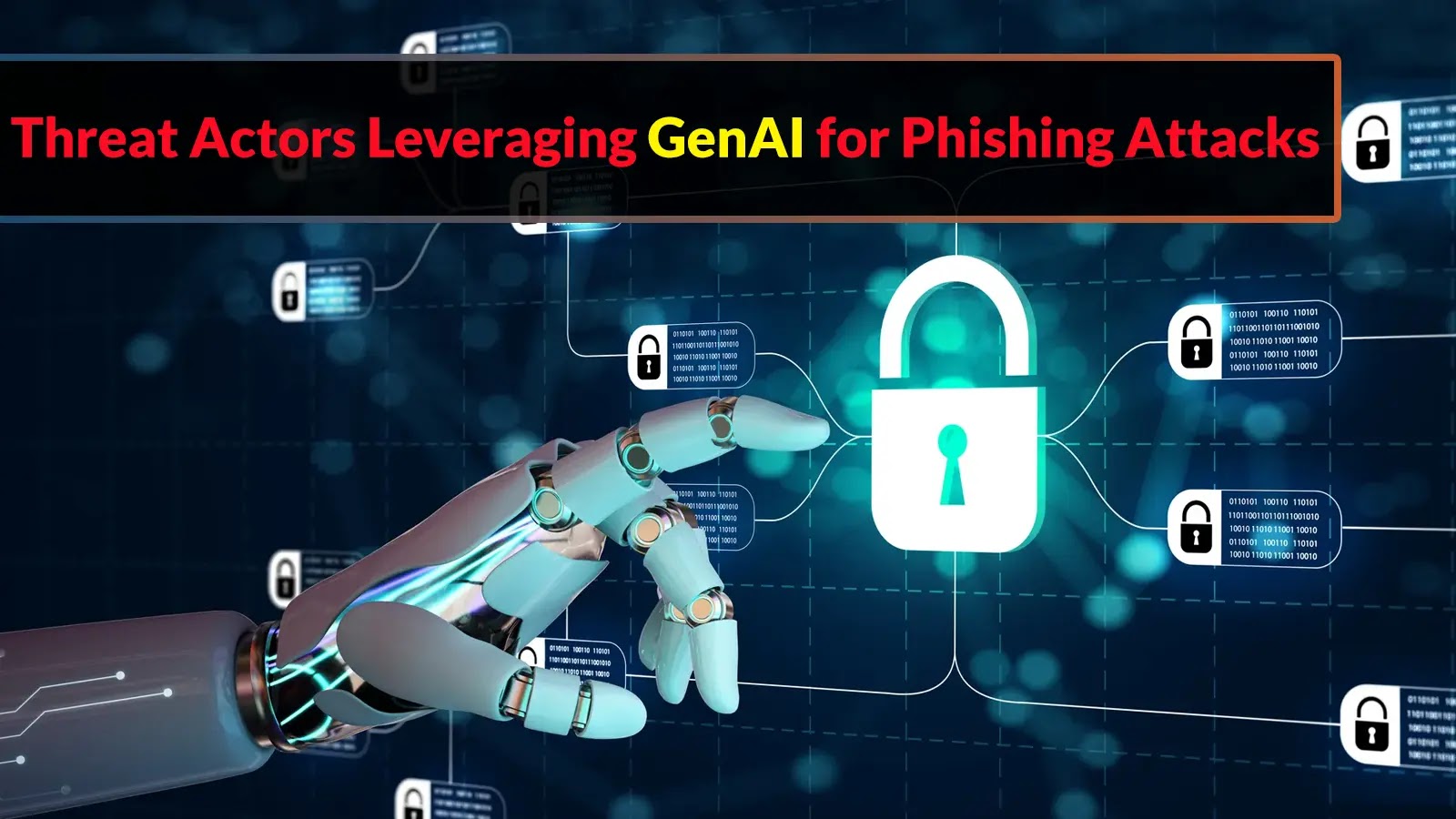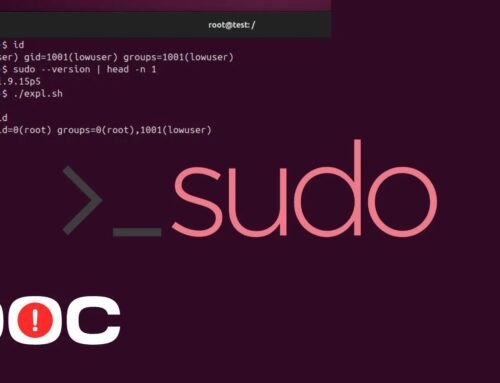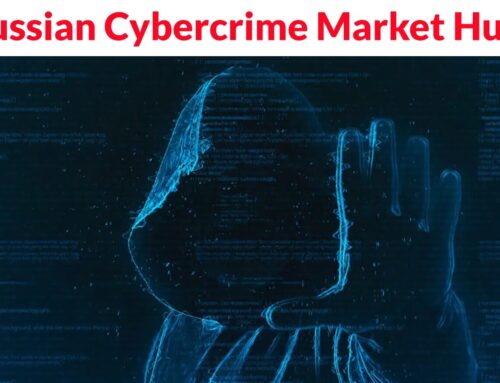
Threat Actors Leveraging GenAI for Phishing Attacks Impersonating Government Websites
GenAI-Powered Phishing: The New Frontier in Government Impersonation
The landscape of cyber threats is undergoing a profound transformation, driven by the rapid advancements in generative artificial intelligence (GenAI). Threat actors are no longer relying on rudimentary phishing attempts; they are now leveraging sophisticated GenAI tools to craft highly convincing replicas of legitimate government websites. This evolution in social engineering tactics presents an unprecedented challenge for cybersecurity professionals and the average internet user alike. The ability of GenAI to produce high-fidelity imitations at scale signifies a critical escalation in the ongoing battle against cybercrime.
The Rising Tide of AI-Driven Impersonation Campaigns
Recent campaigns highlight a disturbing trend: cybercriminals are actively integrating GenAI into their operational frameworks to enhance the efficacy of their phishing attacks. A prime example is a campaign observed targeting Brazilian citizens, where threat actors successfully exploited AI-powered platforms such as DeepSite AI and BlackBox AI. These tools enable the creation of highly authentic duplicates of official government portals, making it incredibly difficult for an untrained eye to distinguish between the genuine article and the fraudulent copy.
The danger lies in the speed, scale, and sophistication that GenAI brings to phishing. Traditional phishing often involved manual crafting of emails and web pages, limiting the volume and quality of attacks. GenAI, however, automates the generation of hyper-realistic content, including:
- Perfectly Mimicked Layouts: GenAI tools can accurately replicate the design, branding, and user interface of official websites.
- Grammatically Flawless Content: AI eliminates the tell-tale grammatical errors and awkward phrasing often found in older phishing attempts.
- Dynamic Content Generation: Some advanced GenAI applications can even personalize phishing content, making the lures more potent.
Tactics and Tools Employed by Threat Actors
The operational methodology of these threat actors involves a multi-pronged approach, focusing on social engineering at its core, amplified by GenAI. Their primary objective is to deceive users into divulging sensitive personal and financial information. The tools they employ are sophisticated and readily available, democratizing the ability to launch advanced attacks:
- DeepSite AI: This platform is designed to quickly generate website content and layouts, making it ideal for rapid replication of existing sites.
- BlackBox AI: Similar to DeepSite AI, BlackBox AI likely provides functionalities for automated web page creation and content generation, facilitating the mass production of convincing phishing pages.
- Spear Phishing Amplification: With GenAI, threat actors can craft highly personalized and contextually relevant phishing emails that direct victims to the imposter government websites. This increases the likelihood of success for spear-phishing campaigns.
While this particular campaign did not have an associated CVE, the underlying methods exploit human fallibility and the trustworthiness placed in official government communications. For instance, similar social engineering tactics were leveraged in campaigns like those described in various reports leading to credential compromise, often falling under general social engineering categories rather than specific software vulnerabilities. For a broader understanding of social engineering vulnerabilities, one might consider analyses related to broader categories such as CVE-2023-42407, which pertained to credential harvesting via phishing, albeit not directly GenAI-driven.
Remediation Actions and Proactive Defense Strategies
Combating GenAI-powered phishing requires a robust, multi-layered defensive strategy. It’s no longer enough to simply advise users to “look for typos.”
For End-Users:
- Verify URLs Scrupulously: Always check the full URL for legitimacy. Look for subtle misspellings in domain names (e.g., “govv.br” instead of “gov.br”). Ensure the connection is secure (HTTPS).
- Beware of Unsolicited Communications: Be highly suspicious of unexpected emails or messages requesting personal information, even if they appear to be from a government agency.
- Use Official Channels: If you receive a suspicious communication, navigate directly to the official government website (via a search engine or known bookmark) rather than clicking links in the email.
- Report Phishing Attempts: Forward suspicious emails to your organization’s IT security team or relevant government cybersecurity agencies.
- Employ Multi-Factor Authentication (MFA): Enable MFA on all critical accounts, especially those tied to government services. Even if credentials are stolen, MFA acts as a strong barrier.
For Organizations:
- Implement Advanced Email Security Gateways: Leverage solutions with strong anti-phishing, spoofing detection, and URL rewriting capabilities.
- Conduct Regular Security Awareness Training: Educate employees on the evolving nature of phishing attacks, specifically highlighting the sophistication brought by GenAI. Use simulated phishing campaigns to test their readiness.
- Deploy Web Content Filtering and DNS Filtering: Block access to known malicious domains and categorize suspicious websites.
- Strengthen Identity and Access Management (IAM): Enforce strong password policies, implement MFA across all organizational accounts, and use single sign-on (SSO) where applicable.
- Monitor for Brand Impersonation: Utilize services that monitor the internet for instances of your brand or official government domains being impersonated.
- Adopt a Zero Trust Architecture: Assume no user or device can be automatically trusted, regardless of their location. Verify explicitly, authenticate continuously.
Conclusion
The emergence of GenAI in the arsenal of threat actors marks a significant escalation in the complexity and realism of phishing attacks, particularly those impersonating government websites. The days of easily identifiable, poorly crafted phishing emails are fading. We are entering an era where AI-generated content can be virtually indistinguishable from legitimate communications. This demands a proactive, sophisticated, and continuously evolving defensive posture from both individuals and organizations. Vigilance, education, and the strategic deployment of advanced security technologies are not merely advisable; they are imperative for safeguarding against these increasingly potent digital deceptions.





